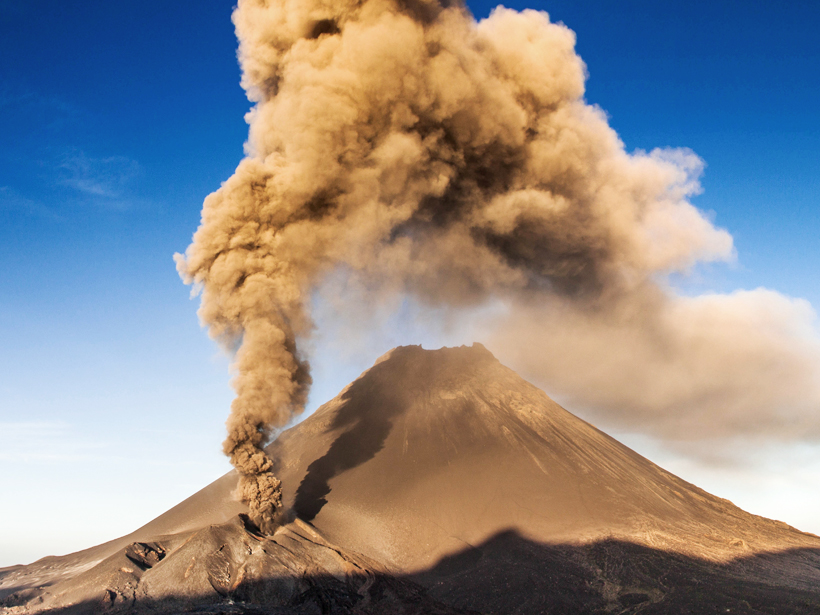Researchers demonstrate the value of combining GPS and satellite data on vertical motion of the Earth's surface with tide gauge measurements to track rising sea levels.
geodesy
Radar Technique Shows Magma Flow in 2014 Cape Verde Eruption
The European Space Agency's Sentinel-1 satellite captures volcanic surface changes that reveal the flow below.
Aftershocks of Old Quakes Still Shake New Madrid Seismic Zone
Geodetic data show that earthquakes in 1450 and 1811–1812 may be responsible for present-day seismic activity in the region.
Subsurface Craters Expose the Moon's Dramatic Past
Scientists use the gravity signature of the lunar surface to trace the history of impact cratering and its role in the Moon's evolution.
Meertens Receives 2015 Ivan I. Mueller Award for Distinguished Service and Leadership
Charles Meertens will receive the 2015 Ivan I. Mueller Award for Distinguished Service and Leadership at the 2015 American Geophysical Union Fall Meeting, to be held 14–18 December in San Francisco, Calif. The award recognizes "major achievements in service and/or leadership to the geodesy community."
Pritchard Receives 2015 Geodesy Section Award
Matthew Pritchard will receive the 2015 Geodesy Section Award at the 2015 American Geophysical Union Fall Meeting, to be held 14–18 December in San Francisco, Calif. The award is given in recognition of major advances in geodesy.
On the Rebound: Modeling Earth's Ever-Changing Shape
A new modeling tool easily computes the elastic response of changes in loading on Earth's surface to high resolution. Scientists test this tool using finely detailed data on glaciers' mass changes.
How Did the Moon Get Its Shape?
Scientists find a solution to a 200-year-old problem: syncing the prominent bulges on the Moon with our natural satellite's origins.
Bruyninx Receives 2014 Ivan I. Mueller Award for Service and Leadership
Carine Bruyninx received the 2014 Ivan I. Mueller Award for Service and Leadership at the 2014 American Geophysical Union Fall Meeting, held 15-19 December in San Francisco, Calif. The award recognizes "major achievements in service and/or leadership to the geodesy community."
Keeping Watch Over Colombia's Slumbering Volcanoes
Technology used in your car's navigation system can help save the lives of those living in the shadows of volcanoes.






